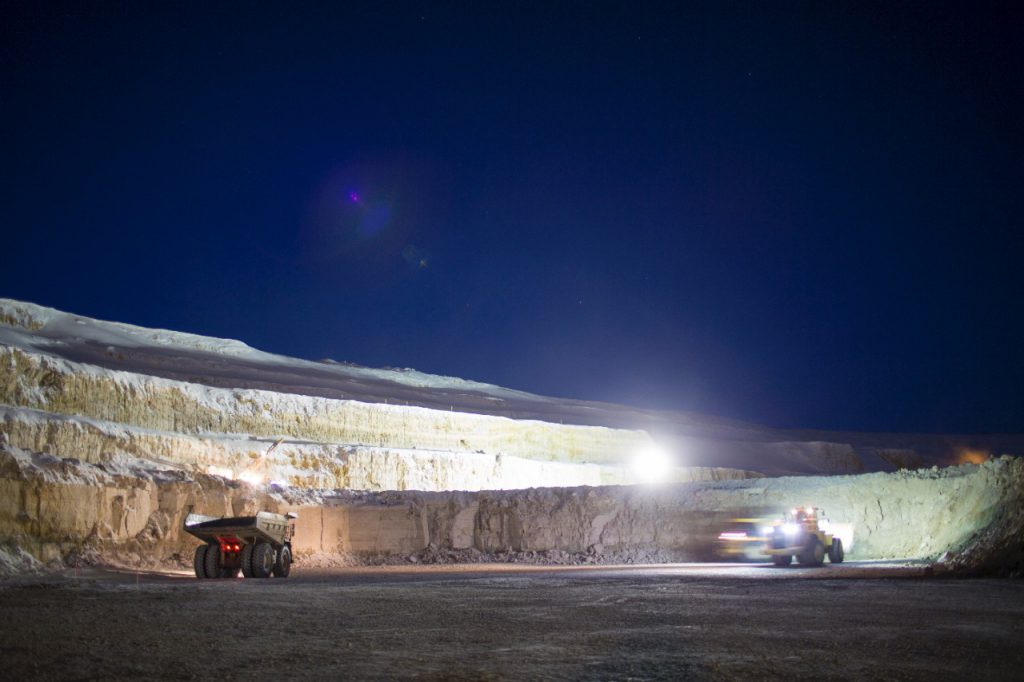
The planned location, the Attawapiskat First Nation said, is part of its traditional territory — about 90 km west of the community in the vulnerable James Bay wetlands. The area is place of critical cultural, spiritual and subsistence importance to the Kattawapiskak Cree people, the group noted.
DeBeers would dispose demolition waste from the Victor Diamond mine, which is being decommissioned.
DeBeers Canada said last year it had been in consultation with the First Nation, as well as the federal government, regarding its plans to store 97,000 cubic meters of waste from the Victor diamond mine. The figure is below the threshold which would trigger a comprehensive environmental assessment under Ontario law.
The announcement comes only a day after The Attawapiskat, Fort Albany, and Neskantaga First Nations declared a moratorium on any development in the Ring of Fire area, also in Ontario.
They said their territories and rights stood to be seriously and permanently desecrated by massive-scale mining in the minerals-rich region in the province’s north.
Not another “Juukan Gorge”
Global miners face mounting investor pressure to improve relations with indigenous communities after the destruction of the Juukan Gorge caves in Australia by Rio Tinto (ASX, LON, NYSE: RIO) last year.
The Attawapiskat First Nation said it fears another “Juukan Gorge” disaster is brewing, adding they want to alert De Beers’ shareholders to be aware, before bad decisions are made.
“DeBeers has a choice: it could pay the cost of transporting the demolition waste out of Attawapiskat First Nation Traditional Territory, where much of it could be reused and recycled,” the group said in the statement. “Instead, the company proposes this giant landfill that would leave the waste in (…) vulnerable wetlands, threatening destruction of millennia-old cultural sites.”
The world’s the world’s top diamond producer by value officially opened the open pit mine in July 2008, after discovering the region’s lucrative kimberlite field more than two decades earlier. It was Ontario’s first diamond mine, and the second in Canada for the company.
Mining ceased on March 5, 2019, after producing about 600,000 carats a year in diamond grade.
Through the end of 2020, about 65% of the site infrastructure had been demolished and roughly 40% of the site rehabilitated, with over 1.2 million trees planted on the site since 2014, according to DeBeers.




